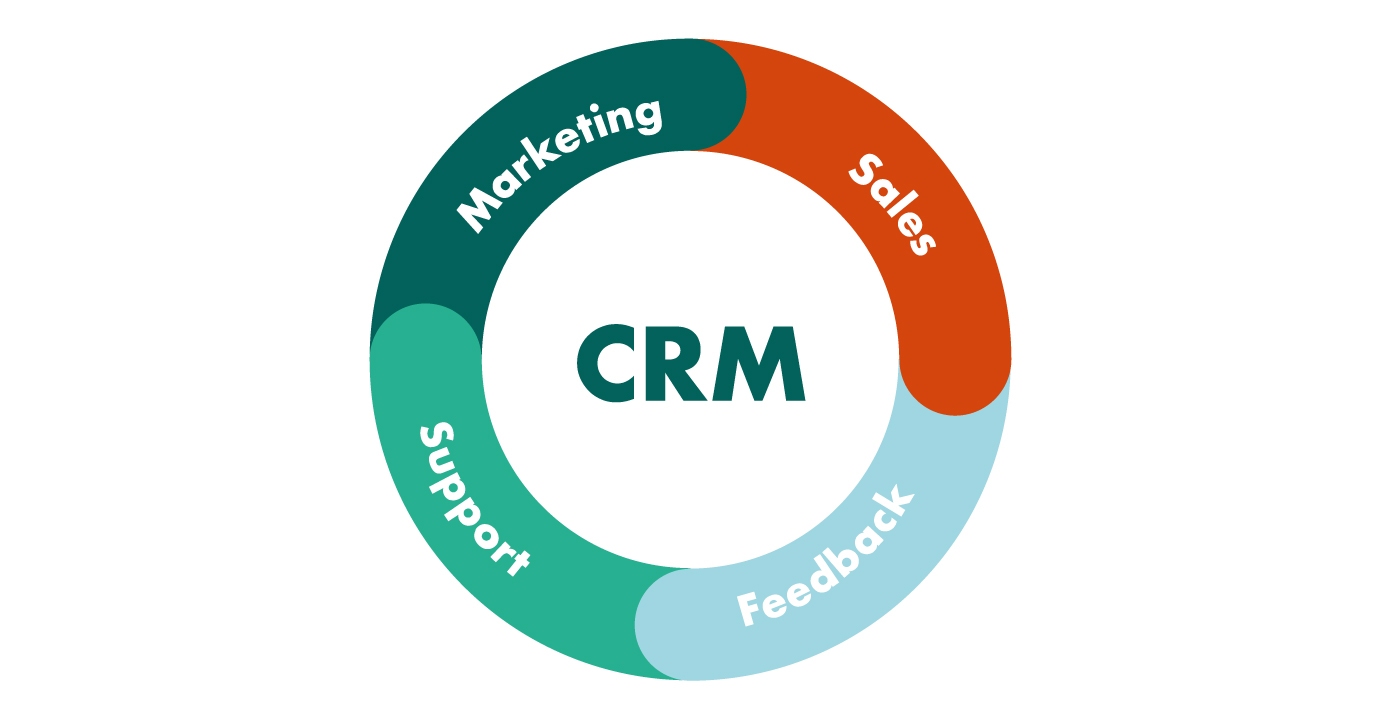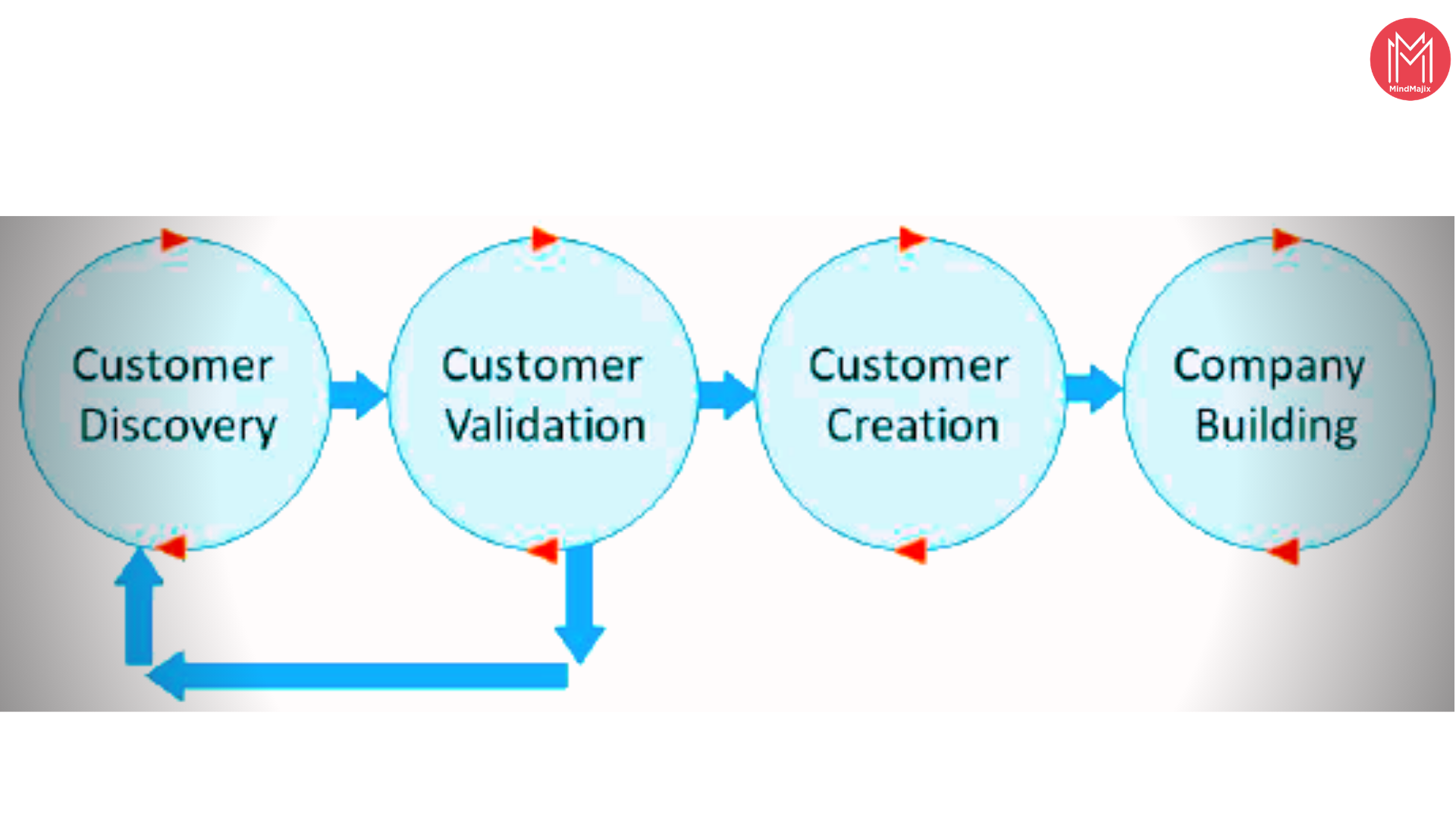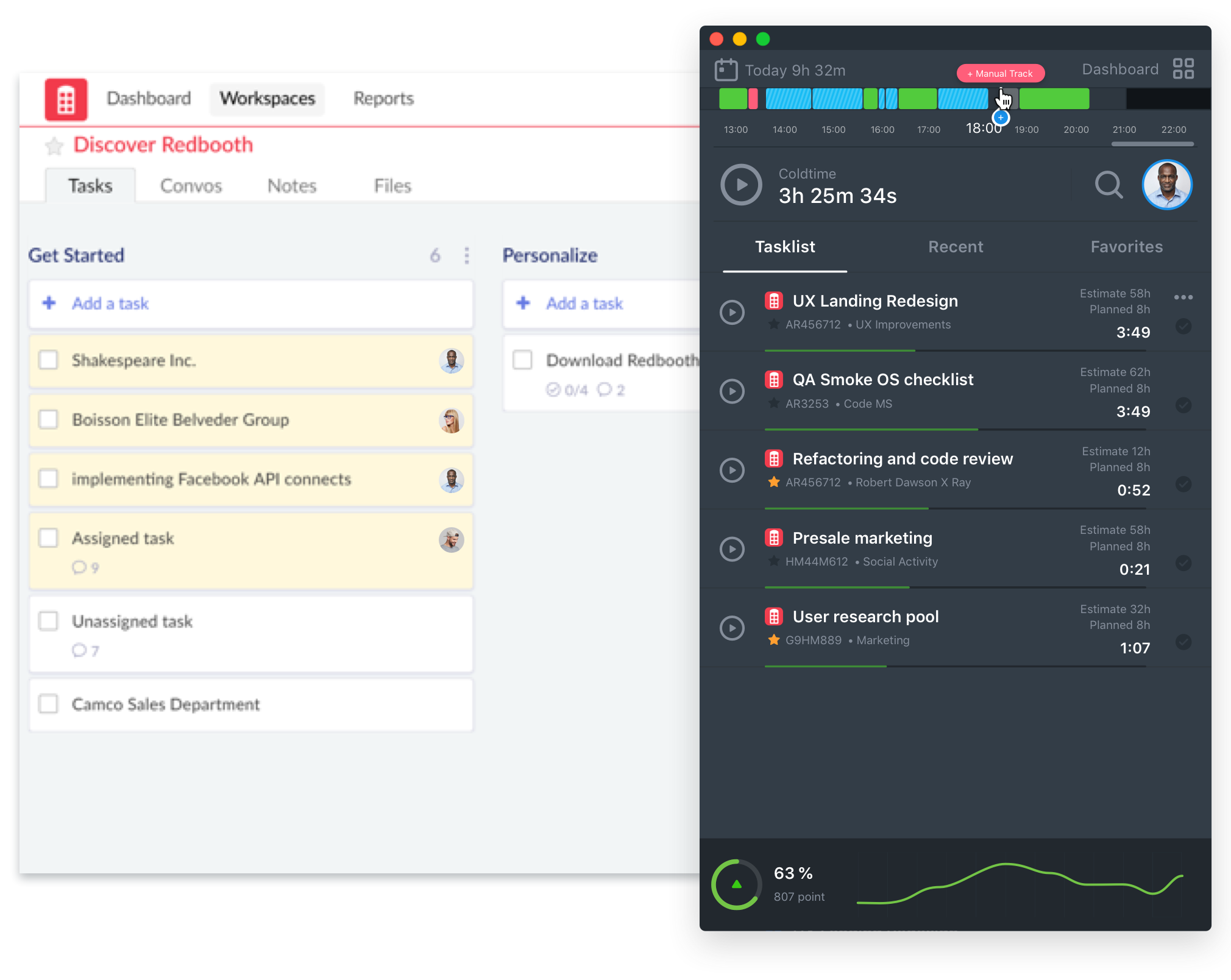
CRM Marketing for Beginners: Your Comprehensive Guide to Customer Relationship Mastery
So, you’re stepping into the world of Customer Relationship Management (CRM) marketing? Fantastic! You’ve chosen a path that can revolutionize how you interact with your customers, boost your sales, and build lasting relationships. This guide is tailor-made for beginners, breaking down the complexities of CRM marketing into easy-to-understand concepts. We’ll cover everything from the basics to practical strategies, helping you navigate this exciting landscape with confidence.
What is CRM Marketing? The Heart of Customer-Centric Strategy
At its core, CRM marketing is all about putting the customer first. It’s a strategic approach that uses CRM systems and data to understand your customers better, personalize your interactions, and improve their overall experience. Think of it as building a strong, lasting friendship with each of your customers, based on mutual respect and understanding.
CRM marketing goes beyond simply collecting customer data. It’s about using that data to:
- Personalize your marketing efforts: Send the right message, to the right person, at the right time.
- Improve customer service: Provide quick, efficient, and personalized support.
- Increase sales: Identify and target the most promising leads, and nurture them towards conversion.
- Enhance customer loyalty: Build strong relationships that keep customers coming back for more.
In essence, CRM marketing is the engine that drives customer-centricity, making it a vital component of any modern business strategy. It helps you move away from generic, one-size-fits-all marketing and towards a more targeted and effective approach.
Why is CRM Marketing Important? The Power of Customer Relationships
In today’s competitive market, simply having a good product or service isn’t enough. Customers have a wealth of choices, and they’re more likely to stick with businesses that make them feel valued and understood. CRM marketing is the key to unlocking those strong, lasting customer relationships.
Here’s why CRM marketing is so important:
- Increased Customer Retention: Happy customers are loyal customers. CRM helps you identify and address customer needs, leading to higher retention rates.
- Improved Customer Satisfaction: Personalization and efficient service make customers feel valued, leading to increased satisfaction.
- Higher Sales & Revenue: Targeted marketing and lead nurturing convert more prospects into paying customers.
- Enhanced Brand Reputation: Positive customer experiences translate into positive word-of-mouth marketing and a stronger brand image.
- Data-Driven Decision Making: CRM systems provide valuable insights into customer behavior, allowing you to make informed decisions about your marketing strategies.
Essentially, CRM marketing is an investment in the long-term success of your business. It’s about building a sustainable, customer-focused model that drives growth and profitability.
Key Components of a CRM Marketing Strategy
A successful CRM marketing strategy involves several key components working together. Here’s a breakdown of the essential elements:
1. Choosing the Right CRM System
Selecting the right CRM system is the foundation of your CRM marketing efforts. There are numerous CRM platforms available, each with its own strengths and weaknesses. When choosing a system, consider:
- Your business needs: What features are essential for your business? (e.g., sales automation, marketing automation, customer service)
- Your budget: CRM systems range in price, from free to enterprise-level solutions.
- Ease of use: Choose a system that’s user-friendly and easy to learn.
- Scalability: Can the system grow with your business?
- Integration capabilities: Does it integrate with your existing tools and platforms? (e.g., email marketing, social media, e-commerce)
Popular CRM systems for beginners include HubSpot CRM (free and paid versions), Zoho CRM, and Salesforce Essentials. Researching and comparing different options will help you find the perfect fit for your business.
2. Data Collection and Management
Your CRM system is only as good as the data you feed it. Data collection involves gathering information about your customers from various sources:
- Website forms: Capture leads through contact forms, newsletter sign-ups, and other forms on your website.
- Social media: Monitor social media interactions and use social listening tools to gather insights.
- Email marketing: Track email opens, clicks, and conversions.
- Sales interactions: Record sales calls, meetings, and other interactions with customers.
- Customer service interactions: Capture support tickets, chat logs, and other customer service data.
Once you’ve collected data, it’s crucial to manage it effectively. This includes:
- Data cleansing: Remove duplicate entries and correct any errors.
- Data segmentation: Divide your customers into groups based on demographics, behavior, and other criteria.
- Data security: Protect your customer data from unauthorized access.
3. Segmentation and Targeting
Segmentation is the process of dividing your customer base into distinct groups based on shared characteristics. This allows you to target your marketing efforts more effectively.
Common segmentation criteria include:
- Demographics: Age, gender, location, income, etc.
- Behavior: Purchase history, website activity, email engagement, etc.
- Psychographics: Values, interests, lifestyle, etc.
- Customer lifetime value (CLTV): The predicted revenue a customer will generate over their relationship with your business.
Once you’ve segmented your audience, you can create targeted marketing campaigns that resonate with each group. For example, you might send a personalized email to customers who have abandoned their shopping carts, or offer a special discount to your most loyal customers.
4. Marketing Automation
Marketing automation uses software to automate repetitive marketing tasks, freeing up your time and improving efficiency. Common automation tasks include:
- Email marketing: Send automated welcome emails, nurture sequences, and promotional emails.
- Lead nurturing: Guide leads through the sales funnel with targeted content and personalized interactions.
- Social media posting: Schedule and automate social media posts.
- Workflow automation: Automate tasks such as lead assignment, follow-up reminders, and sales notifications.
Marketing automation tools integrate seamlessly with your CRM system, allowing you to trigger automated actions based on customer behavior. This ensures that you’re always providing the right message at the right time.
5. Personalization
Personalization is at the heart of effective CRM marketing. It’s about tailoring your marketing efforts to each individual customer’s needs and preferences. Personalization goes beyond simply using a customer’s name in an email.
Examples of personalization include:
- Personalized product recommendations: Recommend products based on a customer’s purchase history or browsing activity.
- Personalized content: Create website content and blog posts that are relevant to each customer’s interests.
- Personalized email campaigns: Send targeted email campaigns based on customer behavior and preferences.
- Dynamic content: Display different content on your website based on a customer’s location, demographics, or other criteria.
The more personalized your marketing efforts are, the more likely you are to connect with your customers and build strong relationships.
6. Customer Service Integration
CRM marketing isn’t just about sales and marketing; it’s also about providing exceptional customer service. Integrating your CRM system with your customer service tools allows you to:
- Provide faster and more efficient support: Access customer data quickly to resolve issues.
- Personalize customer interactions: Understand a customer’s history with your business to provide tailored support.
- Track customer service interactions: Monitor customer service performance and identify areas for improvement.
- Improve customer satisfaction: Provide a seamless and positive customer service experience.
By integrating customer service with your CRM, you create a unified view of the customer, allowing you to provide a holistic and customer-centric experience.
7. Reporting and Analysis
Regularly analyze your CRM marketing efforts to measure your results and identify areas for improvement. Key metrics to track include:
- Customer acquisition cost (CAC): The cost of acquiring a new customer.
- Customer lifetime value (CLTV): The predicted revenue a customer will generate over their relationship with your business.
- Conversion rates: The percentage of leads that convert into customers.
- Customer retention rate: The percentage of customers who remain customers over a period of time.
- Return on investment (ROI): The profitability of your CRM marketing efforts.
Use the data you collect to refine your strategies, optimize your campaigns, and make data-driven decisions that drive growth.
Step-by-Step Guide to Implementing CRM Marketing for Beginners
Ready to dive in? Here’s a step-by-step guide to help you implement CRM marketing, even if you’re a beginner:
Step 1: Define Your Goals and Objectives
Before you start, clarify what you want to achieve with CRM marketing. What are your business goals? What specific outcomes do you want to see? Be specific and measurable. For example:
- Increase lead generation by 20% in the next quarter.
- Improve customer retention by 15% within the year.
- Increase sales revenue by 10% through cross-selling and upselling.
Having clear goals will guide your strategy and help you measure your success.
Step 2: Choose Your CRM System
Research and compare different CRM systems based on your needs and budget. Consider factors like features, ease of use, and integration capabilities. Start with a free or low-cost option to get your feet wet, and upgrade as your needs grow.
Step 3: Set Up Your CRM System
Once you’ve chosen a CRM system, set it up to meet your specific requirements. This includes:
- Customizing fields: Add custom fields to capture the data that’s most important to your business.
- Importing your data: Import existing customer data from spreadsheets or other sources.
- Integrating with other tools: Connect your CRM to your email marketing platform, website, and other relevant tools.
- Training your team: Ensure your team understands how to use the CRM system effectively.
Step 4: Develop a Data Collection Strategy
Determine how you’ll collect customer data. This might include:
- Website forms: Use forms to capture leads and gather information.
- Email marketing: Track email opens, clicks, and conversions.
- Social media monitoring: Monitor social media interactions.
- Sales interactions: Train your sales team to record customer interactions.
Ensure your data collection methods comply with privacy regulations (e.g., GDPR, CCPA).
Step 5: Segment Your Audience
Divide your customer base into segments based on shared characteristics (e.g., demographics, behavior, purchase history). This will allow you to create targeted marketing campaigns.
Step 6: Create Targeted Marketing Campaigns
Develop marketing campaigns that are tailored to each customer segment. This might include:
- Personalized email campaigns: Send targeted emails based on customer behavior and preferences.
- Lead nurturing: Guide leads through the sales funnel with personalized content.
- Promotional offers: Offer special discounts to specific customer segments.
- Website personalization: Display different content on your website based on customer segments.
Step 7: Automate Your Marketing Efforts
Use marketing automation tools to streamline your workflows and improve efficiency. Automate tasks such as:
- Email marketing: Set up automated welcome emails, nurture sequences, and promotional emails.
- Lead nurturing: Automate lead nurturing campaigns.
- Social media posting: Schedule social media posts.
- Workflow automation: Automate tasks such as lead assignment and follow-up reminders.
Step 8: Track and Analyze Your Results
Regularly monitor your CRM marketing efforts to measure your results. Track key metrics such as:
- Customer acquisition cost (CAC)
- Customer lifetime value (CLTV)
- Conversion rates
- Customer retention rate
- Return on investment (ROI)
Use the data you collect to optimize your campaigns and make data-driven decisions.
Step 9: Continuously Improve Your Strategy
CRM marketing is an ongoing process. Continuously review your strategy, experiment with new tactics, and refine your approach based on your results. Stay up-to-date on the latest CRM marketing trends and best practices.
Best Practices for CRM Marketing Success
To maximize your success with CRM marketing, keep these best practices in mind:
- Focus on the customer: Always put the customer’s needs and preferences first.
- Personalize your interactions: Tailor your marketing efforts to each individual customer.
- Use data effectively: Collect, manage, and analyze customer data to gain valuable insights.
- Automate repetitive tasks: Use marketing automation to save time and improve efficiency.
- Integrate your systems: Connect your CRM to your other tools and platforms.
- Provide excellent customer service: Make sure your customer service team is well-equipped and responsive.
- Continuously test and optimize: Experiment with different tactics and refine your approach based on your results.
- Train your team: Ensure your team understands how to use the CRM system effectively.
- Stay compliant with privacy regulations: Always adhere to data privacy regulations (e.g., GDPR, CCPA).
- Be patient: Building strong customer relationships takes time and effort.
Common Challenges in CRM Marketing and How to Overcome Them
While CRM marketing offers significant benefits, it’s not without its challenges. Here are some common hurdles and how to overcome them:
1. Data Quality Issues
Challenge: Inaccurate, incomplete, or outdated data can undermine your CRM efforts.
Solution:
- Implement data cleansing processes to remove duplicate entries and correct errors.
- Establish clear data entry standards and train your team on data quality best practices.
- Regularly audit your data to identify and address any issues.
- Use data validation tools to ensure data accuracy.
2. Lack of Integration
Challenge: Siloed systems that don’t communicate with each other can limit your ability to get a complete view of the customer.
Solution:
- Choose a CRM system that integrates seamlessly with your other tools and platforms.
- Use integration tools to connect your CRM to your email marketing platform, website, social media channels, and other relevant systems.
- Establish clear data transfer protocols between systems.
3. Low User Adoption
Challenge: If your team doesn’t embrace the CRM system, it won’t be effective.
Solution:
- Provide comprehensive training on how to use the CRM system.
- Make the system user-friendly and intuitive.
- Demonstrate the value of the CRM system to your team.
- Encourage team members to actively use the system by providing incentives or recognition.
- Seek feedback from your team and make improvements based on their suggestions.
4. Difficulty Measuring ROI
Challenge: It can be challenging to accurately measure the ROI of your CRM marketing efforts.
Solution:
- Define clear goals and objectives before you start.
- Track key metrics such as customer acquisition cost (CAC), customer lifetime value (CLTV), conversion rates, and customer retention rate.
- Use analytics tools to track the performance of your campaigns.
- Regularly analyze your data to identify what’s working and what’s not.
5. Lack of Personalization
Challenge: Failing to personalize your marketing efforts can lead to generic, ineffective campaigns.
Solution:
- Collect customer data to gain a deeper understanding of their needs and preferences.
- Segment your audience into distinct groups based on shared characteristics.
- Create targeted marketing campaigns that are tailored to each customer segment.
- Use dynamic content and personalized product recommendations.
CRM Marketing Examples to Inspire You
Let’s look at some real-world examples of how businesses are leveraging CRM marketing to achieve success:
Example 1: E-commerce Retailer
An e-commerce retailer uses its CRM system to track customer purchase history, browsing behavior, and demographic information. They then use this data to:
- Send personalized product recommendations based on past purchases.
- Offer exclusive discounts to loyal customers.
- Send abandoned cart emails to encourage customers to complete their purchases.
- Create targeted email campaigns based on customer segments (e.g., “New Arrivals” for fashion-forward customers).
Result: Increased sales, improved customer retention, and a stronger brand loyalty.
Example 2: SaaS Company
A SaaS (Software as a Service) company uses its CRM system to manage leads, track customer interactions, and provide customer support. They use CRM to:
- Nurture leads through the sales funnel with targeted content and personalized email sequences.
- Provide proactive customer support by identifying and addressing customer issues before they escalate.
- Track customer usage and identify opportunities for upselling and cross-selling.
- Gather customer feedback through surveys and feedback forms.
Result: Increased lead conversion rates, improved customer satisfaction, and higher customer lifetime value.
Example 3: Local Restaurant
A local restaurant uses its CRM system to collect customer information, track reservations, and send targeted promotions. They use CRM to:
- Send personalized birthday greetings and offers.
- Offer exclusive discounts to regular customers.
- Send promotional emails about special events and new menu items.
- Track customer preferences and tailor their dining experience.
Result: Increased customer loyalty, higher table occupancy rates, and improved brand awareness.
These examples demonstrate the diverse ways CRM marketing can be used to drive success across different industries and business models. The key is to leverage customer data to personalize your interactions and provide exceptional customer experiences.
The Future of CRM Marketing
CRM marketing is constantly evolving, with new technologies and trends emerging all the time. Here are some key trends to watch:
- Artificial Intelligence (AI): AI-powered CRM systems can automate tasks, personalize interactions, and provide valuable insights.
- Machine Learning (ML): ML algorithms can analyze customer data to predict behavior and identify opportunities for growth.
- Omnichannel Marketing: Delivering consistent and personalized experiences across all channels (e.g., email, social media, website, in-app) is becoming increasingly important.
- Customer Data Platforms (CDPs): CDPs centralize customer data from multiple sources, providing a unified view of the customer.
- Privacy and Data Security: With increasing awareness of data privacy, businesses need to prioritize data security and comply with privacy regulations.
Staying informed about these trends will help you stay ahead of the curve and continue to optimize your CRM marketing strategy.
Conclusion: Embrace the Power of CRM Marketing
CRM marketing is a powerful tool for building strong customer relationships, driving sales, and achieving long-term business success. By understanding the fundamentals, implementing the right strategies, and staying up-to-date on the latest trends, you can unlock the full potential of CRM marketing.
Remember, it’s not just about the technology; it’s about putting the customer at the heart of everything you do. By focusing on personalization, providing excellent customer service, and continuously analyzing your results, you can create a customer-centric approach that drives growth and profitability.
So, take the leap, embrace the power of CRM marketing, and start building lasting relationships with your customers today!


